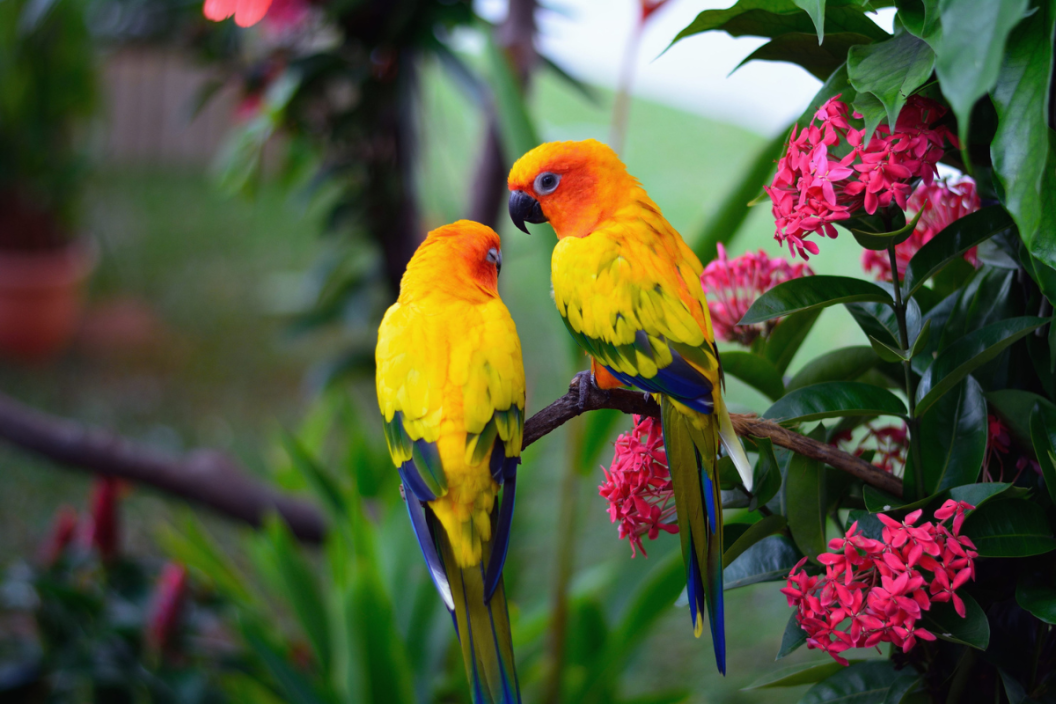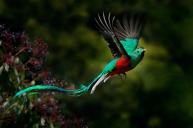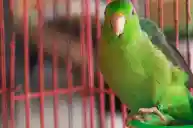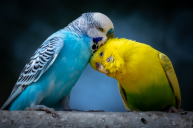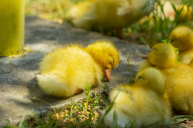If you think that birds are a little weird, you're not wrong; birds are technically the only known living dinosaurs. That's right—even that goofy chicken wandering through your neighbor's backyard is a descendent of the almighty tyrannosaurus rex. It's a pretty weird thing to realize about our avian buddies, but 160 million years is a lot of time for evolution, and it was certainly plenty of time to produce our present-day flyers like eagles, hummingbirds, songbirds, and exotic birds.
National Geographic estimates there are between 50 billion and 430 billion birds on the planet. Yes, that's billions. Some people claim birds aren't real. Others believe getting pooped on by a bird is good luck. No matter your take on our avian friends, there is no denying the beauty found by simply looking up into the sky. While we can't tally up every bird, we set out to find 20 beautiful exotic birds from around the world. Vibrant colors in nature take many forms and shapes, and these gorgeous avifauna are some of our favorites!
1. Macaw
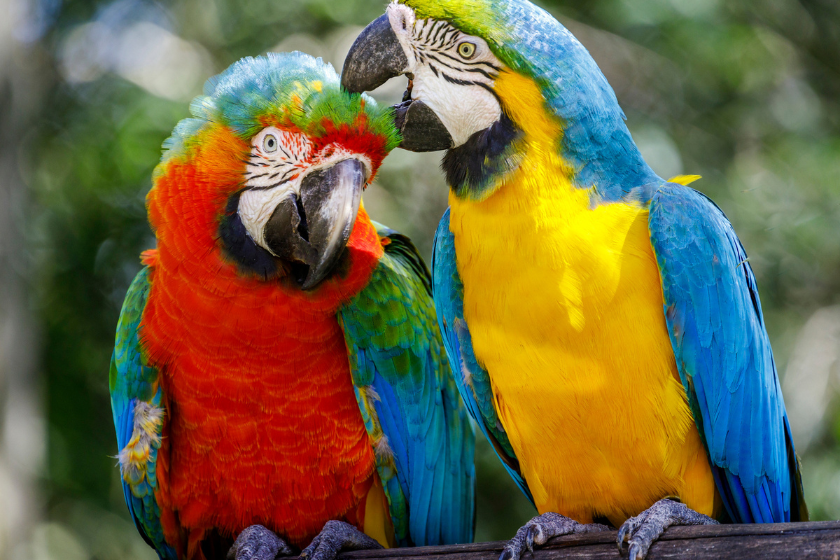
While there are 19 known species, perhaps none are as easily-recognized as the blue-and-yellow macaw (pictured above) that is native to South America. These talkers are popular house pets for owners who love having a companion for life— these macaws can live to be almost 70 years old!
2. Senegal Parrot
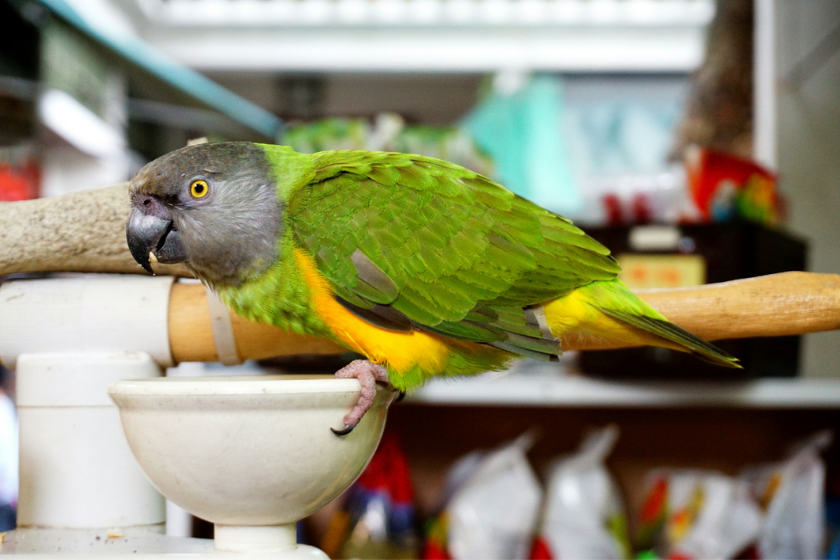
Neutral colors like brown, dark green, and yellow-orange means Senegal Parrots don't have a ton of flash, but those yellow irises and square, gray head are tough to miss. These parrots are low maintenance and popular house pets that only grow to about nine inches in length.
3. Lovebird
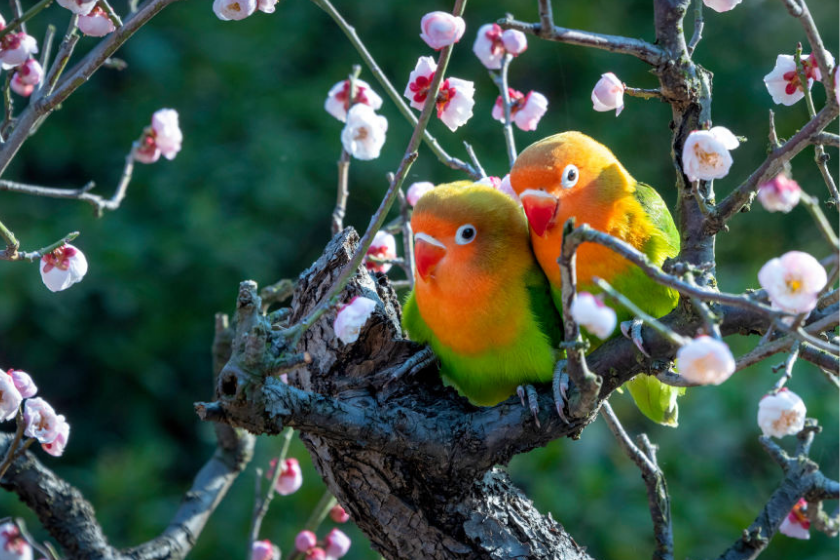
The name says it all: lovebirds are undeniably attentive to their mates and owners. Their orange "mask" on greenish-yellow bodies offer a really fun look on a small frame; lovebirds grow to between 5 and 6 1/2 inches long, making them one of the smaller parrots known to us.
4. Budgie (Parakeet)
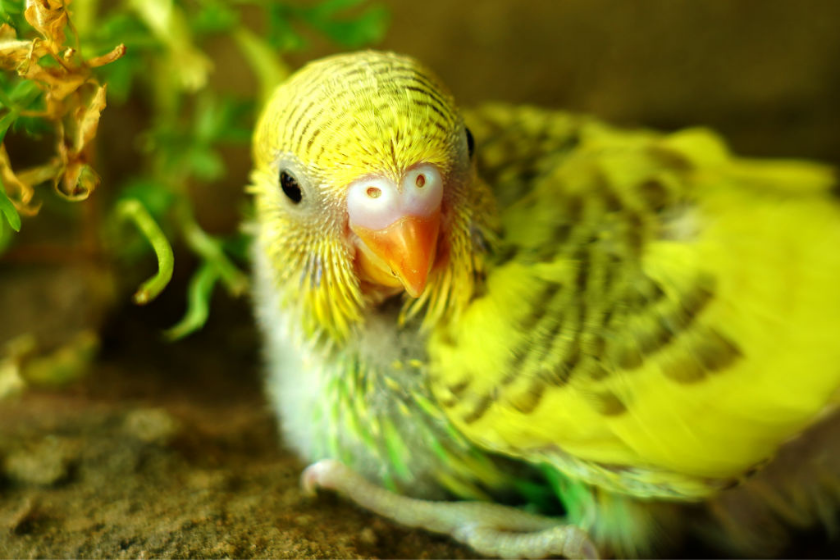
Known for being chatty birds, Budgies— commonly called "parakeets" — were brought to the United States in the early 20th century, and keeping parakeets as pets quickly became popular around the country. Budgies are prone to obesity and various disorders due to improper care; lack of knowledge among many new owners causes these low-budget pets to not reach their life expectancy of 7 to 15 years.
5. Rainbow Lorikeet
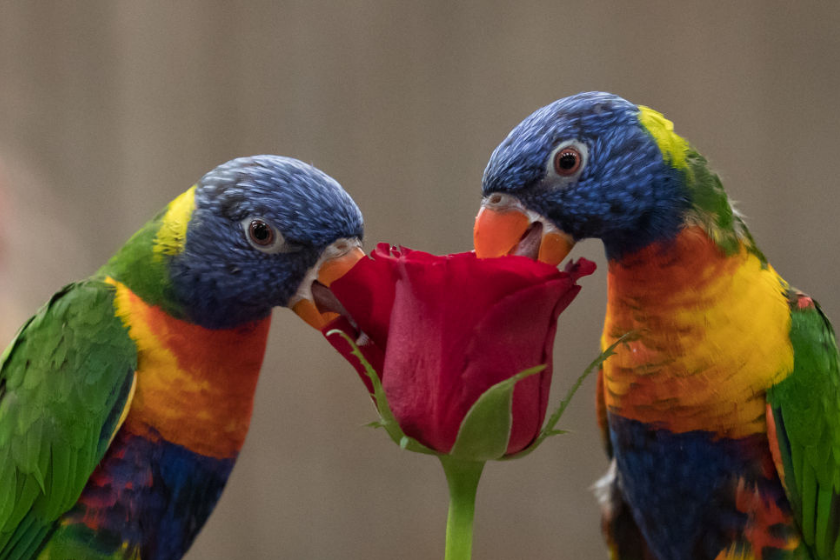
This Australian native's blue head and contrasting orange/yellow coloration is hard to miss. Often living together in pairs, rainbow lorikeets are generally territorial in the wild in the presence of other birds. Strangely, Lorikeet Paralysis Syndrome affects these flyers between December and February, when thousands of them become paralyzed and unable to fly due to an unknown cause; it's believed to be a seasonal plant or fruit, but no exact cause has been identified.
6. Toucan
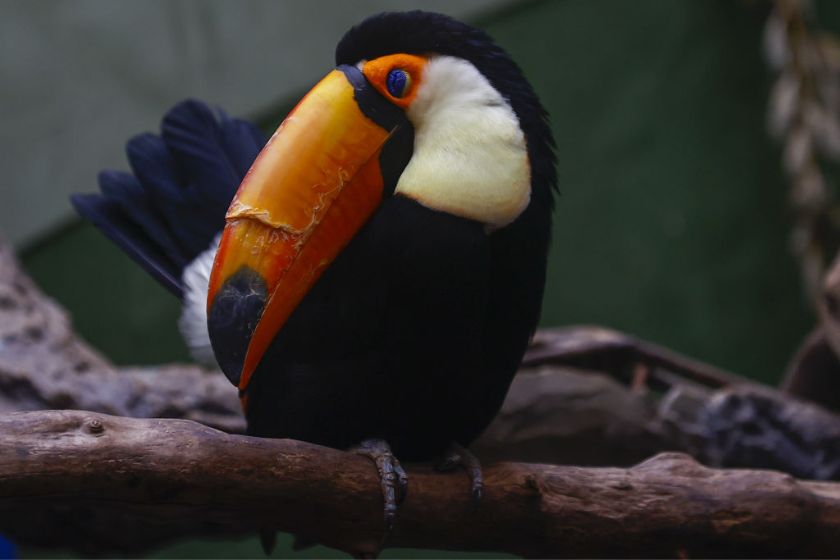
Popularized by Toucan Sam of the Fruit Loops cereal, brightly colored beaks give toucans a special place in the hearts of many bird enthusiasts. Toucans typically live in flocks of two or more and lay between 2 and 21 white eggs inside tree hollows during mating season.
7. Hummingbird
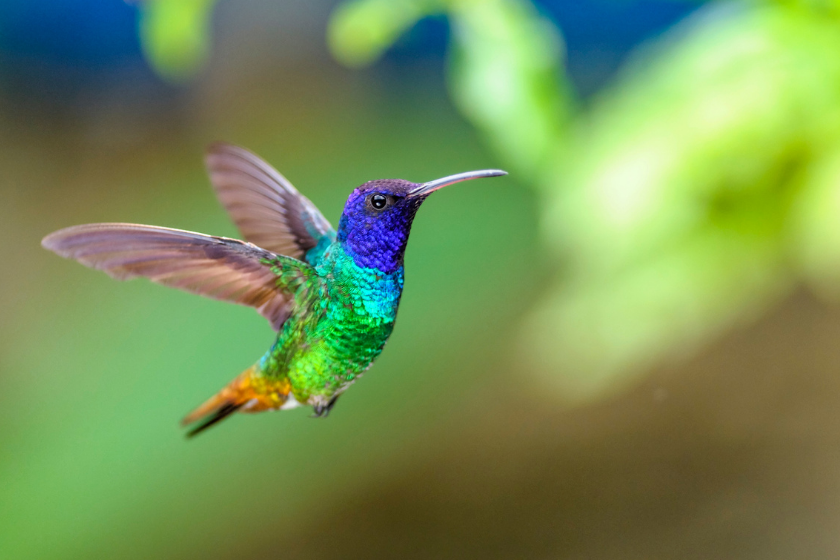
With more than 300 documents species of hummingbirds, here's another example of wild color variations within just one bird breed. The "hum" in their name derives from the sound their wings make while flapping— hummingbirds flap somewhere between 12 and 80 beats per second!
8. Atlantic Puffin
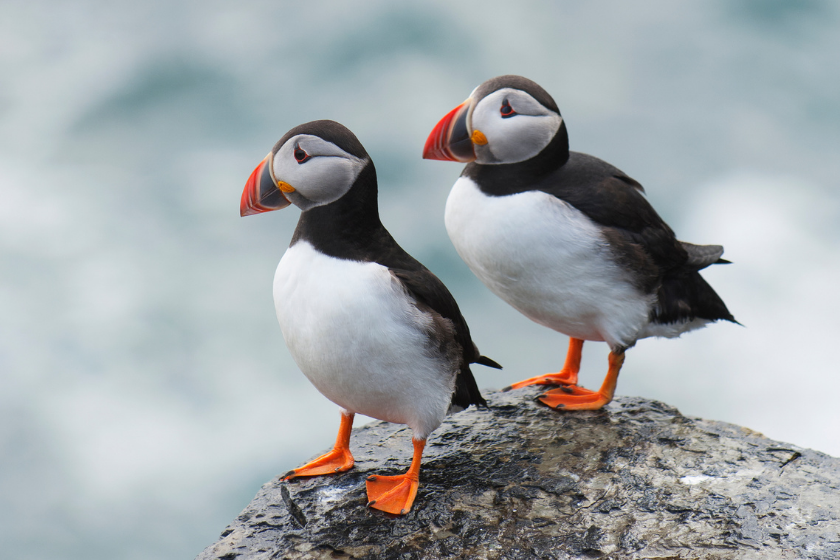
This seabird is native to the Atlantic Ocean, and the Atlantic puffin is the official bird of Canada's Newfoundland and Labrador. Known for its striking facial features and waddle, puffins are affectionately referred to as "clown of the sea."
9. Cockatiel
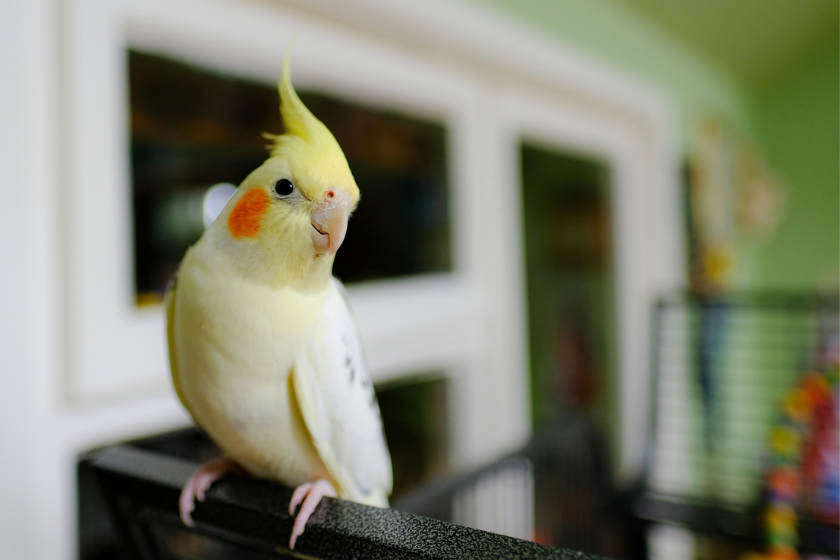
Whistling and chatting the day away, cockatiels are very popular companion birds. Their distinctive yellow mohawks stand out in any setting, and an expected lifespan of 20 years gives owners a fun pet to grow with over the years.
10. Kingfisher
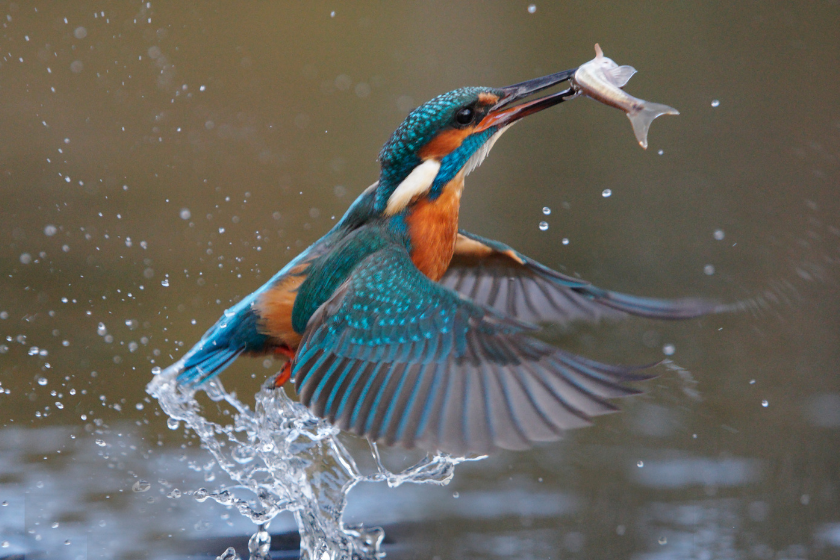
Long, sharp bills on relatively big heads give kingfishers a unique identity. Given that there are around 114 species on record, this is one wild bird with plenty of evolutionary history; some live near rivers and eat fish, while others migrated inland over time to prey on smaller creatures.
11. Cockatoo

Cockatoos earned the nickname "velcro bird" because of their profound connection to people. They are sociable to a fault, demanding regular attention and presence at home by their owners. There are 21 known species of cockatoos, many of which originated around Australia.
12. Conure
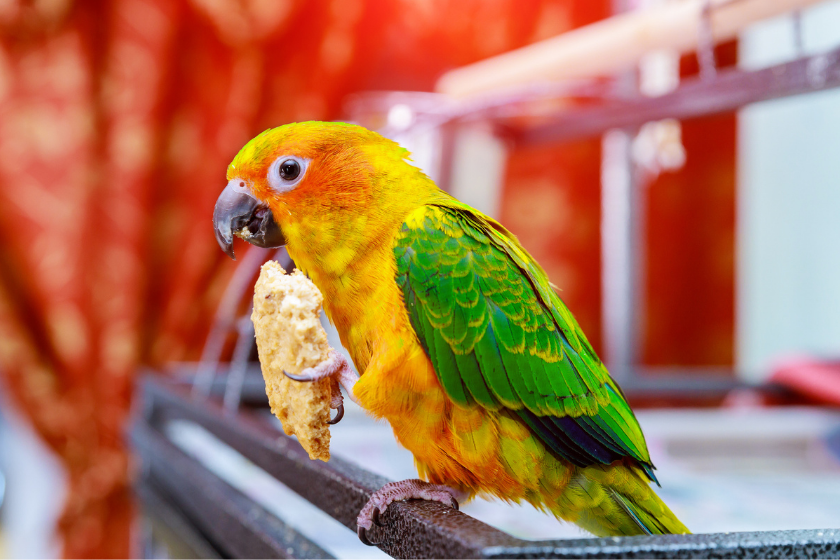
Conures are notorious for being sociable around the house, with many owners keeping them close by through the day. There are several distinct species, including the green-cheeked conure and sun conure (pictured above), creating a wide variety of colors in these birds.
13. African Grey Parrot
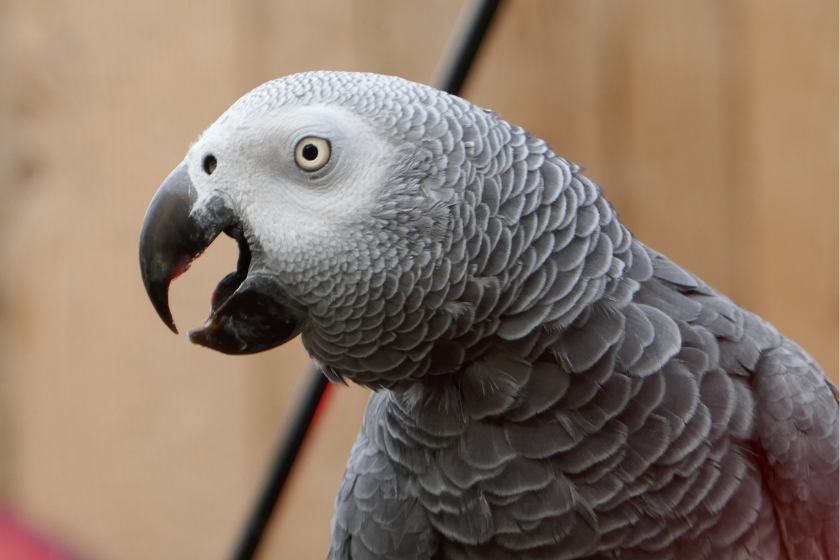
Meet "The Einstein of the Bird World" — these parrots often mimic sounds they hear, and owners have commented on them talking with the proper context. Smooth gray coloration gives these medium-sized birds a simple yet elegant look.
14. Golden Pheasant

These western China natives are distinct because of their long tail, which is roughly two-thirds of their total length. With a golden crest on the backside of its bright red body, this pheasant spends most of the time grounded, foraging for food in wooded areas.
15. Greater Bird-Of-Paradise
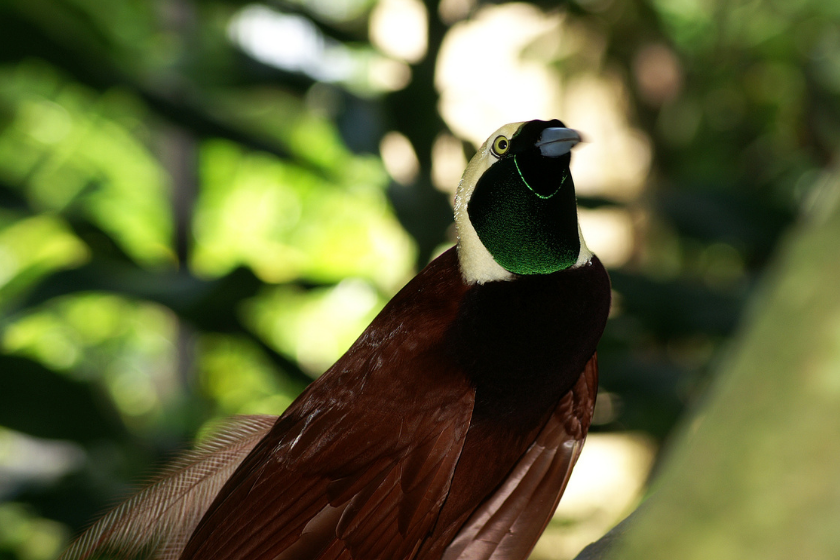
Among the 42 species within the bird-of-paradise group, this native of New Guinea is easily recognized by its yellow and maroon plumage, found on both males and females. Females lead mating selection, choosing from groups of males who show and court females by opening their plumes in a show of desirability.
16. Capped Heron
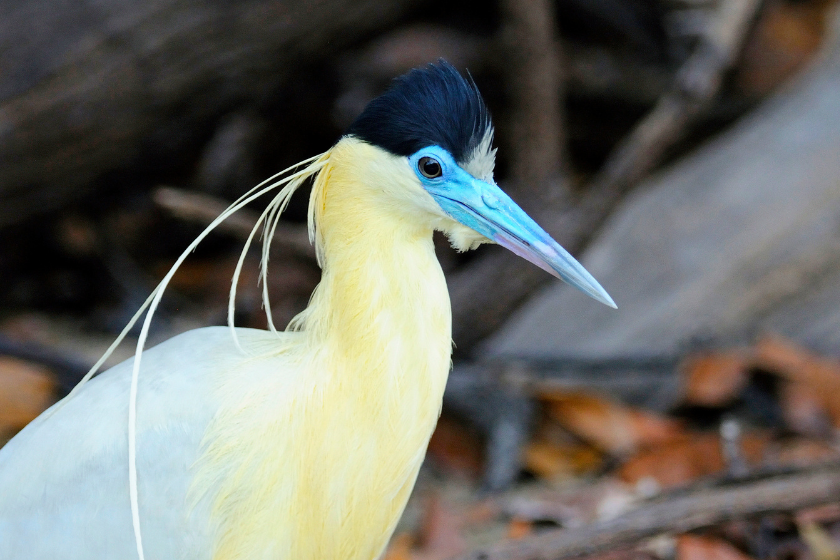
These herons inhabit rainforests in areas of South America, easily noticed by their blue beak and black crown. Capped herons are fishers by nature, though other insects and frogs often find their way into these birds' bellies.
17. California Condor
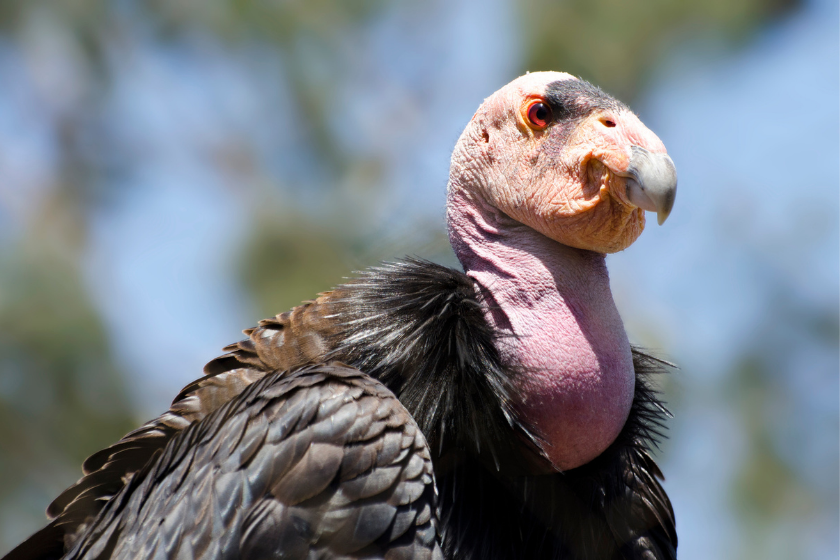
Considered the largest land bird hailing from North America, this condor went extinct in the wild in 1987 before being reintroduced to areas of Arizona and Utah, as well as mountain areas of California. It's the yellow/orange skin of that bald head, contrasting a darkly colored body, that gives California Condors a uniqueness that's hard to match.
18. Peacock
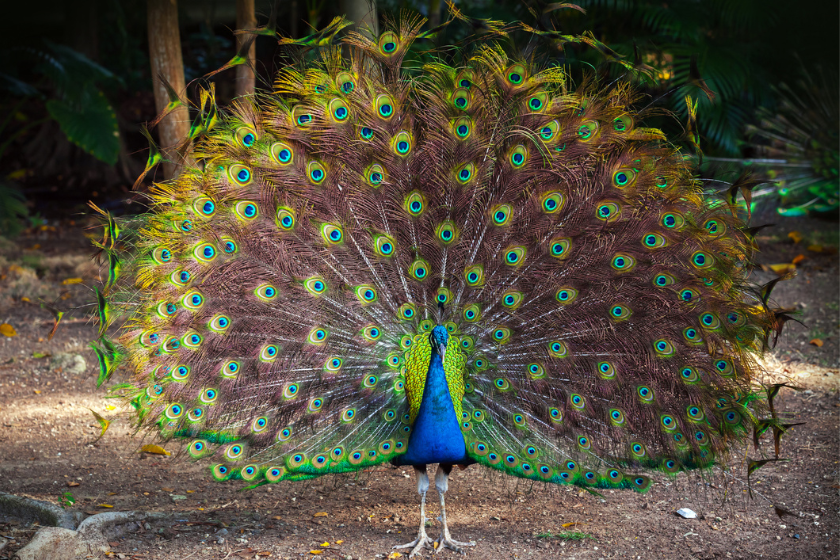
Commonly referred to as peafowl, their gorgeous "trains" that are shown for various reasons are the calling-card of this species. Many theories have been derived as to why peafowl show their train range, from sexual attraction to warning competitors or predators to stay away. They aren't simply native to the wild though, as pet peacocks are known to exist among exotic pet owners.
19. Northern Cardinal
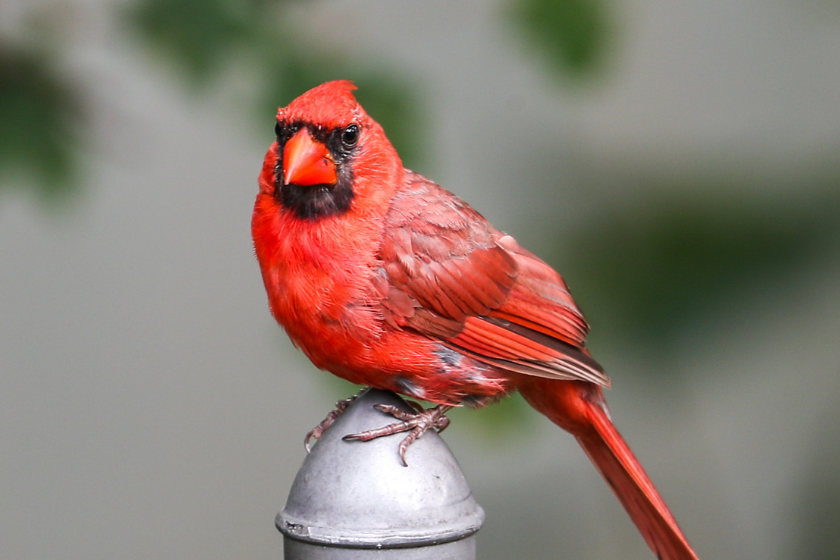
This North American songbird typically inhabits wooded areas, growing to reach about 8 or 9 inches in length. While males are the traditional vibrant red color you probably recognize, females are reddish olive by contrast, yet you can't have one without the other, as cardinals typically mate in pairs and remain together year-round.
20. Inca Tern

Grey bodies, red-orange beaks, and unmistakable white "mustaches" adorn this coastal bird breed. Inca terns breed near cliffs to hide their eggs, only laying 1-2 at a time, which require about 4 weeks to fully incubate before hatching, then another 7 to 8 weeks before leaving the nest.
This article was originally published July 21, 2020.
